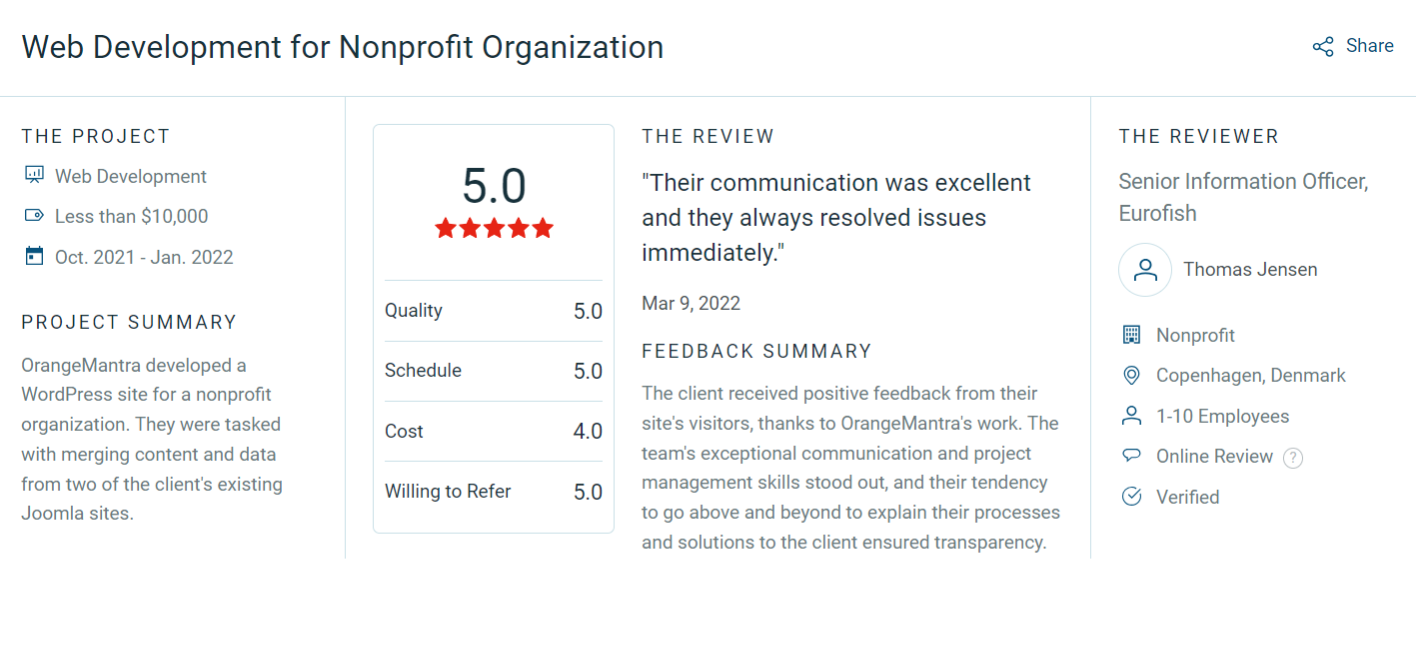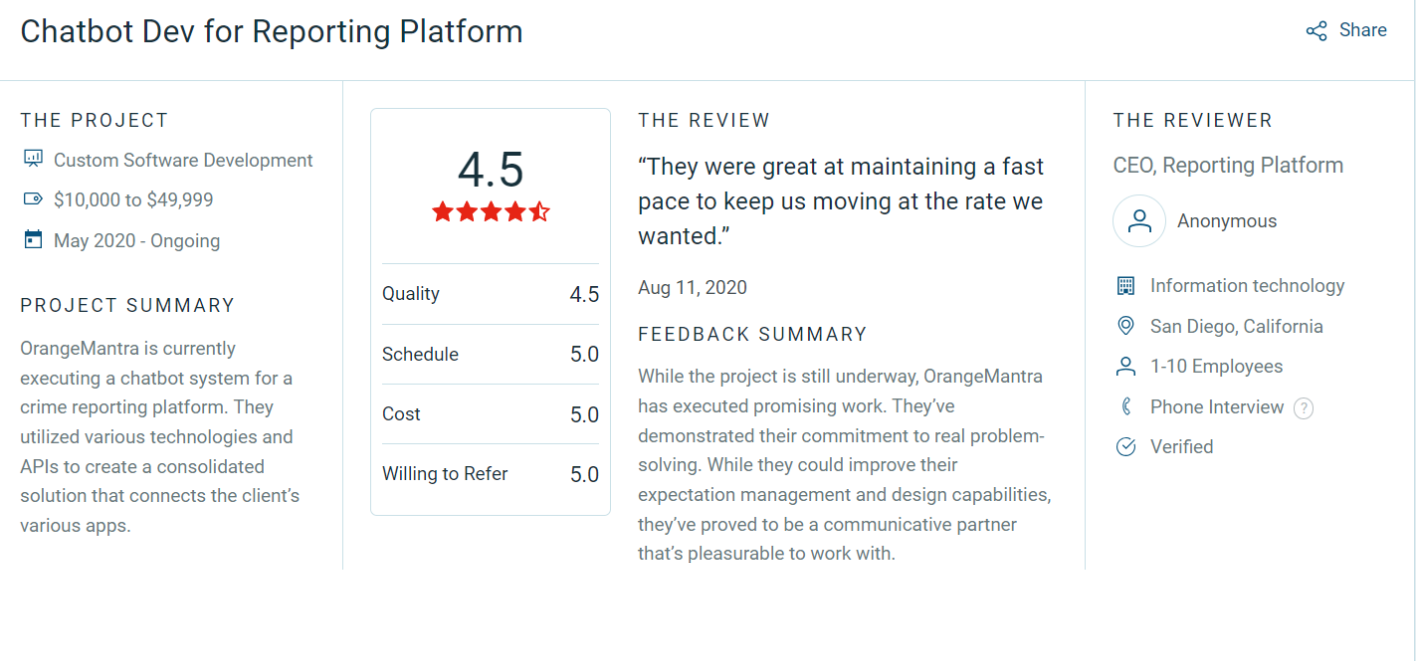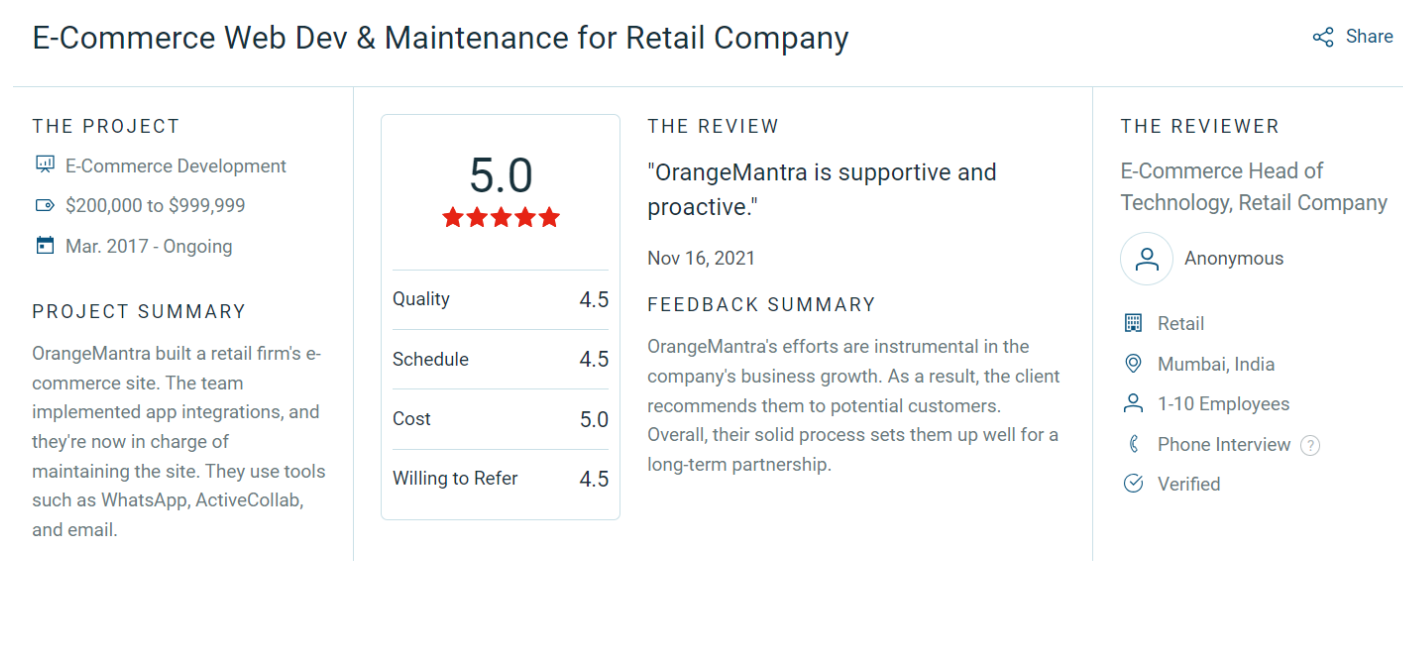The Problem
Before going live, our client's new telecommunications platform needed extensive testing and early development. Despite the platform's sophisticated features, the customer needs reassurance that the essential functionality will operate as intended. Before moving on to further in-depth testing stages, they needed to make sure that the essential features were reliable and operating as planned. Millions of customers might have experienced severe service interruptions due to a malfunction in any of these features, endangering the company's image and user experience. Sanity Testing becomes crucial in this situation.











